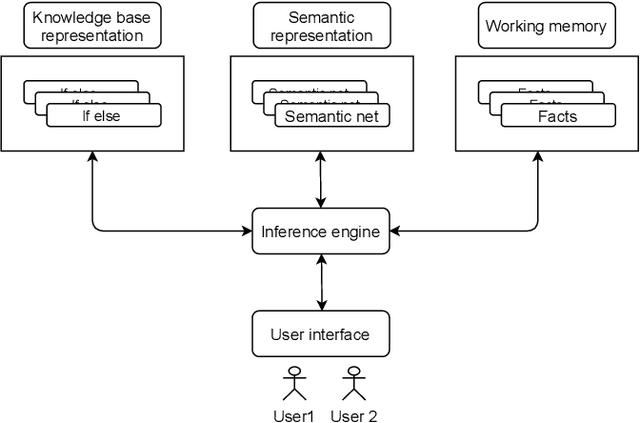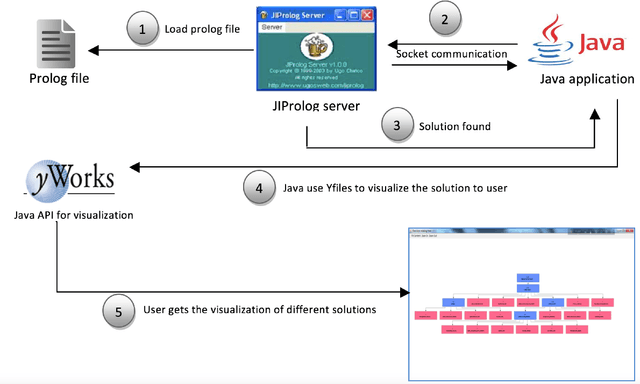Yiyi Huang
Causality for Earth Science -- A Review on Time-series and Spatiotemporal Causality Methods
Apr 03, 2024Abstract:This survey paper covers the breadth and depth of time-series and spatiotemporal causality methods, and their applications in Earth Science. More specifically, the paper presents an overview of causal discovery and causal inference, explains the underlying causal assumptions, and enlists evaluation techniques and key terminologies of the domain area. The paper elicits the various state-of-the-art methods introduced for time-series and spatiotemporal causal analysis along with their strengths and limitations. The paper further describes the existing applications of several methods for answering specific Earth Science questions such as extreme weather events, sea level rise, teleconnections etc. This survey paper can serve as a primer for Data Science researchers interested in data-driven causal study as we share a list of resources, such as Earth Science datasets (synthetic, simulated and observational data) and open source tools for causal analysis. It will equally benefit the Earth Science community interested in taking an AI-driven approach to study the causality of different dynamic and thermodynamic processes as we present the open challenges and opportunities in performing causality-based Earth Science study.
InstructPipe: Building Visual Programming Pipelines with Human Instructions
Dec 15, 2023



Abstract:Visual programming provides beginner-level programmers with a coding-free experience to build their customized pipelines. Existing systems require users to build a pipeline entirely from scratch, implying that novice users need to set up and link appropriate nodes all by themselves, starting from a blank workspace. We present InstructPipe, an AI assistant that enables users to start prototyping machine learning (ML) pipelines with text instructions. We designed two LLM modules and a code interpreter to execute our solution. LLM modules generate pseudocode of a target pipeline, and the interpreter renders a pipeline in the node-graph editor for further human-AI collaboration. Technical evaluations reveal that InstructPipe reduces user interactions by 81.1% compared to traditional methods. Our user study (N=16) showed that InstructPipe empowers novice users to streamline their workflow in creating desired ML pipelines, reduce their learning curve, and spark innovative ideas with open-ended commands.
A Generic Knowledge Based Medical Diagnosis Expert System
Oct 26, 2021



Abstract:In this paper, we design and implement a generic medical knowledge based system (MKBS) for identifying diseases from several symptoms. In this system, some important aspects like knowledge bases system, knowledge representation, inference engine have been addressed. The system asks users different questions and inference engines will use the certainty factor to prune out low possible solutions. The proposed disease diagnosis system also uses a graphical user interface (GUI) to facilitate users to interact with the expert system. Our expert system is generic and flexible, which can be integrated with any rule bases system in disease diagnosis.
Sea Ice Forecasting using Attention-based Ensemble LSTM
Jul 27, 2021



Abstract:Accurately forecasting Arctic sea ice from subseasonal to seasonal scales has been a major scientific effort with fundamental challenges at play. In addition to physics-based earth system models, researchers have been applying multiple statistical and machine learning models for sea ice forecasting. Looking at the potential of data-driven sea ice forecasting, we propose an attention-based Long Short Term Memory (LSTM) ensemble method to predict monthly sea ice extent up to 1 month ahead. Using daily and monthly satellite retrieved sea ice data from NSIDC and atmospheric and oceanic variables from ERA5 reanalysis product for 39 years, we show that our multi-temporal ensemble method outperforms several baseline and recently proposed deep learning models. This will substantially improve our ability in predicting future Arctic sea ice changes, which is fundamental for forecasting transporting routes, resource development, coastal erosion, threats to Arctic coastal communities and wildlife.
LSTM Based Sentiment Analysis for Cryptocurrency Prediction
Apr 03, 2021

Abstract:Recent studies in big data analytics and natural language processing develop automatic techniques in analyzing sentiment in the social media information. In addition, the growing user base of social media and the high volume of posts also provide valuable sentiment information to predict the price fluctuation of the cryptocurrency. This research is directed to predicting the volatile price movement of cryptocurrency by analyzing the sentiment in social media and finding the correlation between them. While previous work has been developed to analyze sentiment in English social media posts, we propose a method to identify the sentiment of the Chinese social media posts from the most popular Chinese social media platform Sina-Weibo. We develop the pipeline to capture Weibo posts, describe the creation of the crypto-specific sentiment dictionary, and propose a long short-term memory (LSTM) based recurrent neural network along with the historical cryptocurrency price movement to predict the price trend for future time frames. The conducted experiments demonstrate the proposed approach outperforms the state of the art auto regressive based model by 18.5% in precision and 15.4% in recall.
 Add to Chrome
Add to Chrome Add to Firefox
Add to Firefox Add to Edge
Add to Edge